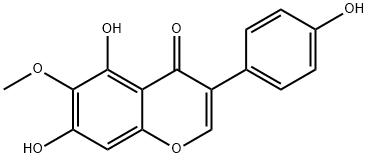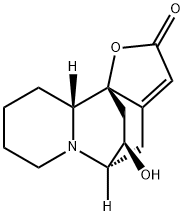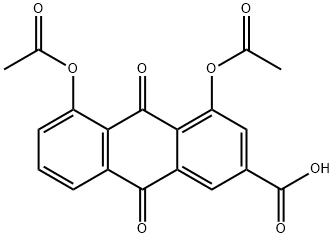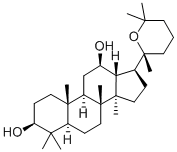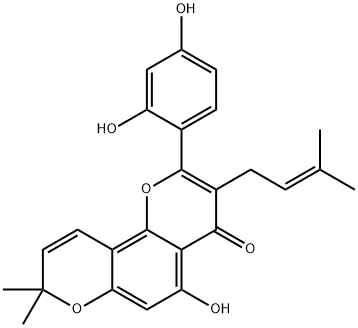PRODUCT Properties
| Melting point: | 225-226° |
| Boiling point: | 361.5°C (rough estimate) |
| Density | 1.512 |
| refractive index | 1.4600 (estimate) |
| storage temp. | Sealed in dry,2-8°C |
| solubility | DMSO : 150 mg/mL (499.57 mM; Need ultrasonic and warming) |
| form | powder to crystal |
| pka | 6.49±0.20(Predicted) |
| color | White to Orange to Green |
| BRN | 305601 |
| InChI | InChI=1S/C16H12O6/c1-21-16-11(18)6-12-13(15(16)20)14(19)10(7-22-12)8-2-4-9(17)5-3-8/h2-7,17-18,20H,1H3 |
| InChIKey | OBBCRPUNCUPUOS-UHFFFAOYSA-N |
| SMILES | C1OC2=CC(O)=C(OC)C(O)=C2C(=O)C=1C1=CC=C(O)C=C1 |
| CAS DataBase Reference | 548-77-6 |
Description and Uses
Tectorigenin is an isoflavone that exists in numerous plant resources, and it is especially abundant in Belamcandae Rhizoma and Puerariae flos, which both have the effects of clearing away heat, removing toxic substances, relieving sore throat, and reducing swelling. As one of the most important active ingredients, the pharmacological effects of tectorigenin have been demonstrated by an increasing number of investigators. Due to its extensive pharmacological activities, including anticancer, antioxidation, hepatoprotection, anti-inflammation, etc., tectorigenin has received a large amount of attention[1].
Tectorigenin is identified as an α-glucosidase inhibitors. Potent lactate dehydrogenase (LDH) inhibitor.
Safety
| Symbol(GHS) |  GHS07 |
| Signal word | Warning |
| Hazard statements | H302 |
| Precautionary statements | P264-P270-P301+P312-P330-P501 |
| WGK Germany | 3 |
| RTECS | NR2400000 |
| HS Code | 2932.99.6100 |

